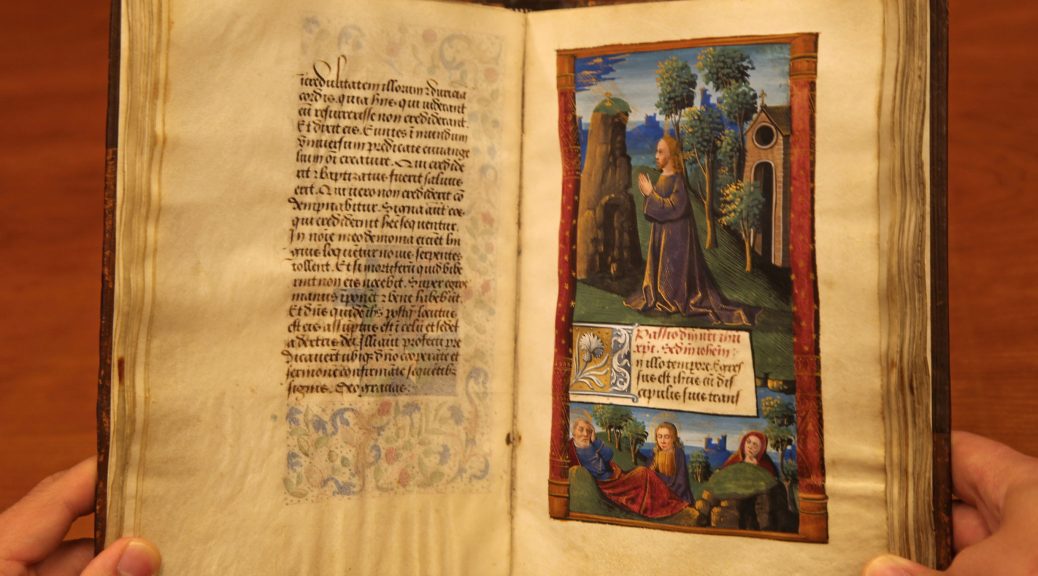Maybe you assign a single, hefty term paper, or perhaps a series of shorter, cumulative assignments, but either way, whatever your humanities or arts discipline, if it involves research-based writing, you’re going to run into some rough stuff. As professors, it is easy for us to forget, or just not to know, how very difficult this kind of writing (and the reading that subtends it) can be for students unfamiliar with the scholarly idiom.
Here are some online sources to help your arts and humanities students write better research papers by familiarizing them with the methods, standards, and language of scholarly research-based writing early on.
- OWL from Purdue: https://owl.purdue.edu/owl/purdue_owl.html This is a well-organized and easily usable source of information on what makes good writing good.
- Marjorie Munsterberg’s Writing About Art: https://writingaboutart.org/ Obviously, more specific to art history, but a very comprehensive and quite sophisticated overview of the types of writing that one might do when confronting visual material
- Writing a Research paper in the Humanities, from Yale: https://ctl.yale.edu/sites/default/files/files/LPaul_Humanities.pdf Short, sweet, and general, a great class handout.
- USC Library “LibGuide” on Organizing Research for Arts and Humanities Papers and Theses: http://libguides.usc.edu/c.php?g=235208&p=1560692 Probably the most detailed guide I’ve found to things like figuring out what’s a scholarly source and what’s not, how to embed citations, where to look for different types of sources, as well as the writing process.
- Grammar Girl Quick and Dirty Tips https://www.quickanddirtytips.com/education/grammar Just the most amusing online guide to style, grammar, and other linguistic refinements, for example, the difference between “affect” and “effect.”
And of course, don’t forget that most of the major style guides for writers in the humanities and arts are available online, either openly or through a library portal:
- Chicago Manual of Style: although you need a subscription (many academic libraries provide access), the “Quick Guide” to citation is available for free — https://www.chicagomanualofstyle.org/tools_citationguide.html
- MLA Style: also available by subscription (or $15 for the print version of the current edition), but linked to a quite helpful set of online tools, including resources for teaching style in the classroom, sample papers, and an interactive citation formatting tool — https://style.mla.org/
Finally, that elegant classic, Strunk and White’s The Elements of Style, is available in (copyright clearance dubious) electronic form in several different editions, or in paperback form for mere pennies.

This work is licensed under a Creative Commons Attribution-NonCommercial-ShareAlike 4.0 International License.


